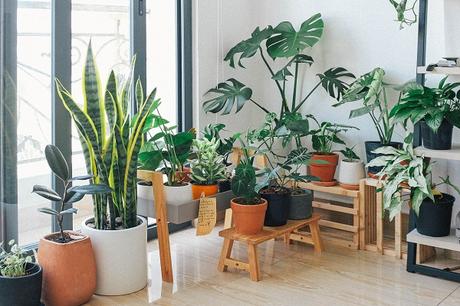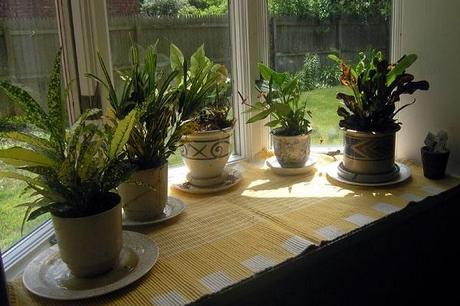
For many urban dwellers, apartment living is the norm, making a front garden merely a dream. However, numerous plants are well-suited for apartment living and don’t necessarily require a spacious balcony or rooftop. Not only do these indoor plants enhance the beauty of a home, but they also help to mitigate harmful gases and pollutants.
Common indoor pollutants such as formaldehyde, volatile organic compounds (like benzene and trichloroethylene or TCE), airborne biological pollutants, carbon monoxide, nitrogen oxides, insecticides, disinfectants (like phenols), and radon can lead to ailments ranging from allergies and headaches to nervous system disorders and even cancer. Thankfully, the following ten indoor plants can help reduce levels of formaldehyde, benzene, and carbon monoxide:
1. Areca Palm (Butterfly Palm)
Easily found, this plant doesn’t require meticulous care. Preferring humidity, it can grow up to 10-12 feet.
2. Lady Palm
A hassle-free plant, it only needs watering once a day.
3. Bamboo Palm (Reed Palm)
This plant thrives without direct sunlight, making it perfect for indoor spaces. Please make sure its roots remain moist.
4. Rubber Plant
Another low-maintenance indoor plant.
5. Dracaena
This adaptable plant can thrive in low light and requires minimal watering.

6. Peace Lily
Not only is it resilient, but the Peace Lily also produces beautiful white flowers. Ensure its roots remain moist for best results.
7. Aloe Vera
Beyond its air-purifying qualities, Aloe Vera is also beneficial for skin and hair.
8. Indian Basil (Tulsi)
Easy to care for, Tulsi boasts numerous medicinal properties and aids in purifying the air.
9. Spider Plant
Recognizable by its thin, white-striped leaves, this plant requires minimal care and is perfect for indoor settings.
10. Snake Plant
Ideal for bathrooms, this plant is effective at filtering formaldehyde. NASA scientists have recognized the Snake Plant as a top air-purifying plant. Moreover, it’s extremely easy to care for.
Our homes are our sanctuaries, and it’s crucial to ensure the air we breathe is as clean as possible. These ten plants not only beautify our spaces but also work diligently to filter out harmful toxins. By incorporating them into our living areas, we take a proactive step toward healthier, cleaner air and, by extension, a healthier life.

